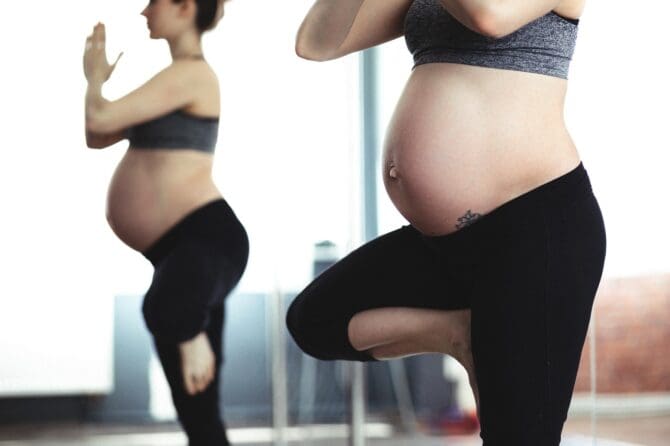One of the most common early signs of pregnancy is cramps, which can happen as soon as 8-10 days after conception. Cramps are caused by the expanding uterus putting pressure on the surrounding muscles. They can be mild or quite severe, and often feel like menstrual cramps. If you’re experiencing cramps, be sure to drink plenty of fluids and rest as much as possible. If the cramps are severe or accompanied by other symptoms like bleeding, contact your healthcare provider.
Cramps are a common occurrence for pregnant women, and they can feel just like menstrual cramps. They happen when the pressure on the walls of the uterus gets too high as the fetus grows. As the pregnancy progresses, you may start to experience cramps in your stomach and abdomen too. This is because the digestive system is adjusting to the new situation and slowing down to make sure nutrients are passed on to the growing fetus.
Early pregnancy cramps may seem mild in comparison to later on in the pregnancy when they can become quite severe. The increase in progesterone levels during pregnancy is one hormone change that can result in cramping for some women.
There are a few things you can do to ease cramps during pregnancy: apply heat or take medication such as acetaminophen. However, it’s always best to consult a doctor before taking any medication, just to be on the safe side.
Cramps during pregnancy can also be caused by constipation. The digestive process is slow during pregnancy, so the body reabsorbs more water from the colon. This results in dehydration of the colon, which leads to cramping.
Excessive cramping can also be a sign of a serious condition called ectopic pregnancy. In this condition, the fertilized egg fails to reach the uterus and starts growing in the fallopian tubes. This can be painful and cause severe cramps. Though cramping is a normal sign of pregnancy, if it is accompanied by excessive bleeding, a doctor’s consultation is highly recommended.
Morning sickness is a common sign of pregnancy, and it’s usually experienced between 5 and 15 weeks into the pregnancy. However, every woman experiences nausea differently – some more severely than others. Mild nausea and vomiting during pregnancy is referred to as “morning sickness.”
Most women usually find that their nausea is worst during the 9th week of pregnancy but luckily, it usually improves during the third trimester.
Nausea can be caused by psychological factors, hormone level changes and bodily organ and system adjustments to a new situation. If vomiting starts after the 10th week of pregnancy and is accompanied by other symptoms such as fever, headache, high blood pressure, constipation or enlarged thyroid, other causes of nausea should be considered.
If you experience any of the following symptoms, it’s important to contact a doctor immediately as they may be indicative of a more serious condition:
1. Vomiting, especially with blood.
2. Symptoms of dehydration, such as infrequent urination and darkened urine color.
3. Inability to eat or keep food down for 12 hours.
4. Severe pelvic or abdominal pain.
The goal of treating pregnancy-related nausea is to help the mother-to-be eat enough to get all of the essential nutrients she needs.
It’s interesting to note that while most women are able to manage the nausea and vomiting often associated with pregnancy without medical intervention, those who do experience these symptoms are actually less likely to miscarry or have a stillbirth. So, if you’re feeling a little queasy, it might be a sign that your pregnancy is progressing smoothly!











